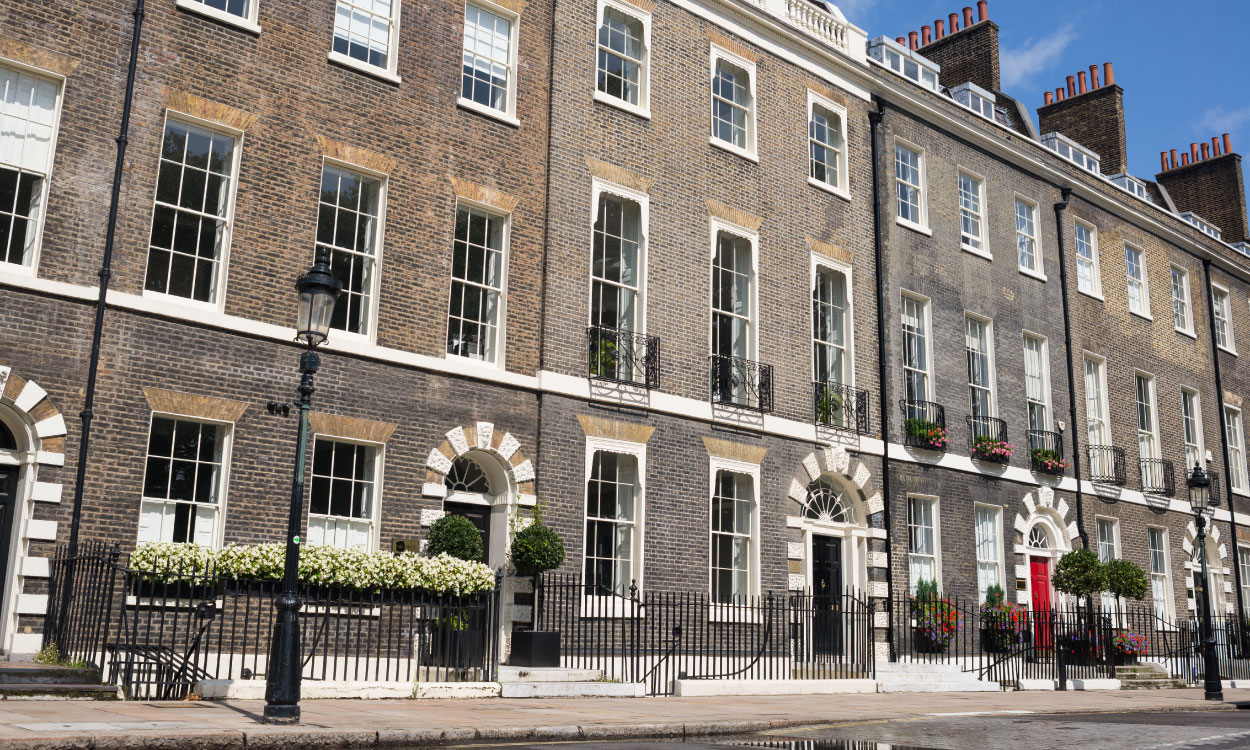Table of Contents
The world of real estate is a confusing one, particularly if you’re a first-time buyer. Even if you’re not, and have purchased a home before, things change, and there are many terms that might not be familiar to you.
One common term in the UK housing market is ‘listed building’, but many individuals might not be aware of what they are or how this affects them.

What Are Listed Buildings
Listed buildings are homes that are considered to be special architecturally or have a historical value to them. Often, these properties date from the 1700s or before and have been kept in or as near to their original condition as possible. There are around 500,000 buildings in the UK that can be considered listed, and many of them are privately owned.
Some of these properties are stately homes or landmarks owned in Trust by the public or by powerful, wealthy families. However, many of these properties are privately owned and are used as family homes.
When you’re purchasing a property, the former owner has to disclose that it is listed, and it’s also easy to check online.
If a property you’re eager to purchase is listed, then you need to know what that means for you. Keep reading, and we’ll explore the implications of purchasing a listed building for potential buyers.
Types Of Listed Building
There are three types of listed buildings recognised in the UK:
- Grade 1: The rarest grade, grade 1 is deemed to be incredibly interesting, and the uses and adaptation of the property are greatly restricted
- Grade 2*: The middle listing is grade 2*, which means that the property is of significant interest
- Grade 2: The most common, this grade means that the property is older and of special interest, but less so than the other two grades
Each grade comes with its own restrictions, with grade 1 being the most limited when it comes to upgrades. Still, it is possible to renovate a listed building of any grade, but you have to abide by the restrictions and get permission from the local council first.
Restrictions And How To Find Them
Each property grade is restricted when it comes to what you can do to it, as it has to be in keeping with the history and original architecture of the home.
In most cases, your ability to modify a listed building will depend on its grade and the special features it has, which means that no two listed properties face the same restrictions.
So, you need to make sure that you work with experienced residential conveyancing solicitors to ensure that you understand all the legalities and everything there is to know about the property. With their insight, you can rest assured that you’re making an informed choice when purchasing a listed building.
Additional Costs Of Owning A Listed Building
Purchasing any property means figuring out not only how much it will cost you in terms of deposit and mortgage payments but also the ongoing running costs and how these will affect your monthly budget.
Owning a listed property comes with additional costs. For example, insurance for listed buildings is usually more expensive than getting a policy for a property that isn’t listed.
That’s because if a listed property is damaged in an accident, then it will need to be restored back to its original style, and you’ll need to use the same materials. That can be more costly than using cheaper, more modern materials and processes, which will add to the cost your insurer will have to pay. As such, they’ll probably charge a high premium for your policy.
Also, you might not be able to install cutting-edge energy-saving solutions into your listed property, such as UPVC windows or a more efficient boiler type. If you can add these features, you’ll still need to get permission, which will take time and could mean that you’re paying higher bills for a while.
Major renovations will need to be done in a style that’s in keeping with the property’s original features, which will give you less choice when it comes to materials and costs.
All this means that you could potentially be paying hundreds of pounds extra, or even more, to own and maintain your listed home. So, you need to consider if you love the property enough and have the money to spend on maintaining it and transforming it into your perfect home.
Alternatives To A Listed Home
A listed home isn’t for everyone. With so many restrictions and limitations, it can be daunting to purchase a listed property.
Thankfully, there are many alternatives to listed properties for buyers on the market for a new home. For example, some older properties that aren’t considered to be of special historical or architectural value are not listed, so you could look out for those.
Alternatively, you could consider buying a newer home, as most properties under 30 years old aren’t listed. If you love the retro look but want to purchase a newer property, then you can try using these design tips to make your new home look vintage.
With the help of this article, you should be able to understand the implications of buying a listed building and make the right decision for you.
